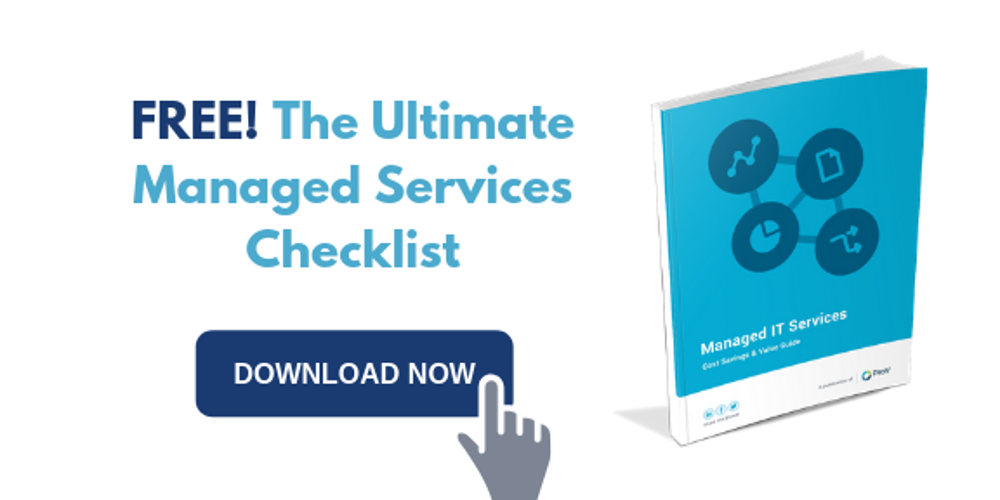Servitization is a relatively new concept that is fast gaining the attention of manufacturers as it is transforming the way the needs of customers are fulfilled. It essentially refers to a concept where the functions of a manufacturing firm are expanded beyond the simple production of a product to servicing the entire life-cycle of the product, which in turn adds to the overall experience for the end consumer.
The servitization business model has three levels that can be offered by manufacturers:
- The base services or product provision which includes the goods and spare parts.
- The intermediate services or after-sale services which include product repairs, the maintenance of the product, training, etc.
- The last level is advanced services which include customer support agreements and various contracts.
For manufacturers adopting the servitization business model, they have a significant chance of increasing the revenue and improving the response time of the firm to the needs of the customers. It also stimulates new innovative ideas and can be used as a differentiating factor by the business to compete in the market.
This new strategy of manufacturing is more focused on how a business can maximize value even after the product has been sold. The roots of the strategy, however, can be traced back to the '80s when it was first adopted by Rolls-Royce when they used to sell their engines by the hourly usage and not by the units.
The biggest reason that manufacturers are adopting this business model is that consumers would be reliant on the manufacturers even after the product has been sold. Consumers would be more loyal to a company that is providing them the whole package than simply selling the product. Another example of a company that has been using this business model is Caterpillar. Caterpillar has a service set up for its customers by the name of Cat Product Link which gives updates to the customers about the location of the equipment and measures to prevent any damage.
Servitization prompts the manufacturers to think in terms of the lifespan and overall performance of the product rather than the units of the products they are producing. The servitization business model is beneficial for both consumers and manufacturers, simply because it leads to a stronger relationship between the customer and the seller which leads to an increase in profitability in the long run.
Despite the fact that many businesses are leaning towards this model some are still resistant due to it forcing them to rethink the way they have been doing business for many years. However, those who have been using this strategy have reaped benefits from it as it has added value to the overall product experience for the consumer.
Download our FREE Ultimate Managed Services Checklist below to know what an able MSP looks like. To learn more about how ProV can help drive your digital transformation, drop a comment below or contact us today.

